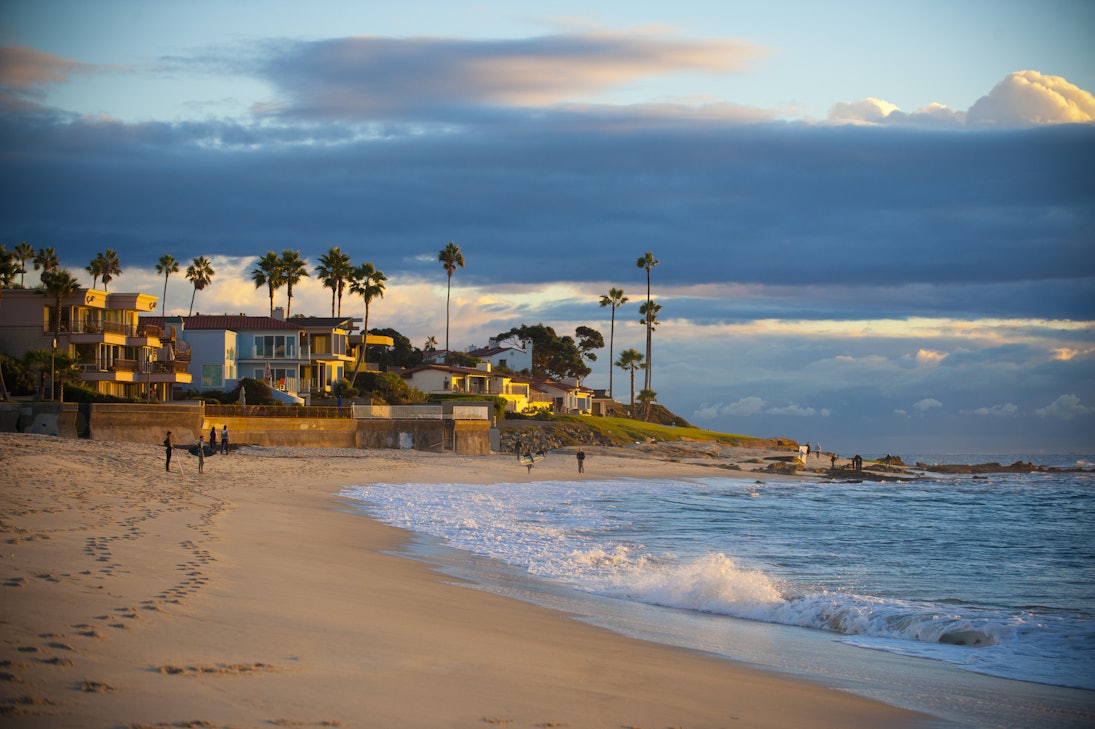

© Stephen Simpson/Getty Images
Overview
The San Diego surfer with tousled hair, a great tan and gentle enthusiasm is not a myth; they look like they're on a perennial vacation, and when they wish you welcome, they mean it.
Leave the planning to a local expert
Experience the real San Diego. Let a local expert handle the planning for you.
Must-see attractions
Planning Tools
Expert guidance to help you plan your trip
Best Things to Do
From the cultural sites of Balboa Park to the Mexican-American heritage and food in Barrio Logan, here are San Diego's unmissable experiences.
Read full article
Best Time to Visit
San Diego is perfect at almost every time of year. Beaches call in summer but fall is prime hiking and surfing season. Read on for the best times to visit.
Read full article
Free Things to Do
From compelling museums to some of the best beaches in the USA, San Diego teems with great free things to do.
Read full article
Best Neighborhoods
From hikes out the backdoor to surfing out the front and awesome tacos just down the street, live the SoCal lifestyle in these San Diego neighborhoods.
Read full article
Day Trips
San Diego is famous for surf and sand, but drive in any direction and you'll see a different side to California. Here are our top day trips from San Diego.
Read full article
Traveling with Kids
There are very few places in the world that do family-friendly the way San Diego does. With cultural, adventurous and fun activities everyone will love.
Read full article
5 Shops
The sunny Southern California city has more than just beaches – check out these top independent retailers all over town.
Read full article
in partnership with getyourguide














